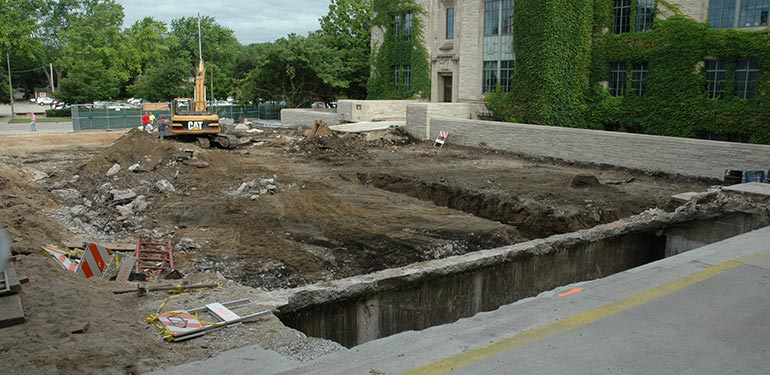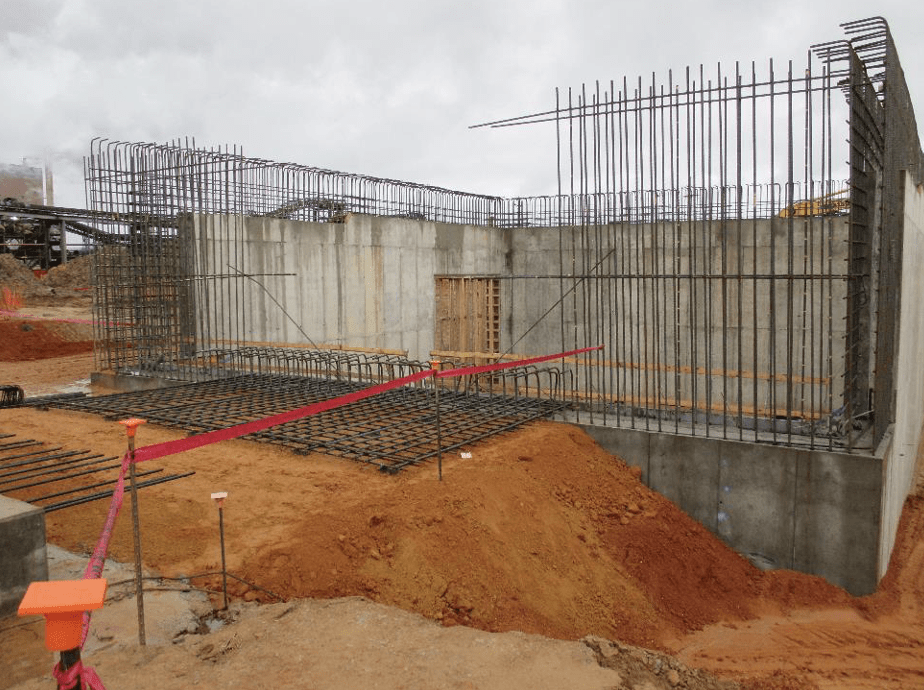Project Geotechnical Engineer Know-how for Large-Scale Dope
Project Geotechnical Engineer Know-how for Large-Scale Dope
Blog Article
Exactly How Consulting Engineers Enhance Geotechnical Engineering Projects: Insights Into Their Proficiency, Techniques, and Collaborative Approaches
Consulting engineers are essential in enhancing geotechnical design jobs, using their specialized knowledge to navigate the complexities of subsurface problems. Their collective strategies foster communication among varied task stakeholders, ultimately shaping the task's trajectory.
Role of Consulting Engineers
The know-how of speaking with designers in geotechnical design is fundamental to the effective implementation of construction jobs. These experts play a crucial role in evaluating soil and rock buildings, which are vital variables affecting layout and construction decisions. By conducting detailed site investigations, seeking advice from designers accumulate crucial information that educates the layout procedure, ensuring projects are improved stable and appropriate ground.
Consulting engineers also provide indispensable insights into risk management (geotechnical geologist). They determine prospective geotechnical risks, such as landslides, soil liquefaction, and settlement issues, making it possible for stakeholders to apply effective reduction approaches. Their expertise help in maximizing structure designs, which can result in significant cost financial savings and improved security
Furthermore, consulting engineers work as a crucial link between task owners, architects, and specialists. Their capability to translate intricate geotechnical data into workable recommendations cultivates partnership and facilitates notified decision-making throughout the project lifecycle. This multidisciplinary method not only improves task performance however additionally makes certain compliance with regulatory requirements and best techniques.
Secret Methodologies in Geotechnical Design

One key approach is website examination, which entails conducting field tests and lab evaluations to collect information on subsurface problems. Techniques such as Standard Penetration Testing (SPT) and Cone Infiltration Testing (CPT) are extensively used to examine soil stratigraphy and stamina. In addition, geophysical approaches, including seismic and electrical resistivity surveys, provide non-invasive means to evaluate subsurface qualities.
Another crucial approach is numerical modeling, which allows engineers to mimic different circumstances and forecast exactly how soil-structure interactions will behave under different loading problems. Limited Aspect Evaluation (FEA) is a typical method employed in this context.
Moreover, the design of foundations, keeping structures, and earthworks relies greatly on these approaches - geotechnical geologist. By integrating advanced logical devices with area data, speaking with engineers can create customized options that attend to specific project obstacles, eventually contributing to the stability and security of building and construction tasks
Value of Soil Analysis
Dirt evaluation acts as a fundamental aspect in geotechnical design, supplying necessary insights right into the physical and chemical buildings of dirt needed for reliable building and construction preparation. Comprehending dirt qualities is crucial for identifying its load-bearing ability, water drainage actions, and potential for negotiation or instability. Detailed soil examinations, consisting of sampling and research laboratory testing, aid identify specifications such as dirt type, wetness content, thickness, and shear strength.
These analyses notify the selection of suitable building and construction strategies and products, ultimately influencing job safety and long life. For example, cohesive dirts may need different foundation styles contrasted to granular dirts, demanding customized design solutions. Dirt analysis aids in recognizing pollutants that can pose dangers to human health or the atmosphere, enabling for the advancement of reduction strategies.
Including soil evaluation into the beginning of project development aids to minimize unanticipated obstacles, making certain that designers can anticipate and attend to potential problems before they intensify. By establishing a thorough understanding of the website problems, consulting designers can optimize layout performance and minimize expenses, consequently enhancing the general success of geotechnical design projects.
Joint Strategies in Jobs
Successful geotechnical projects commonly depend upon joint techniques that combine varied knowledge from various disciplines. Effective cooperation amongst getting in touch with engineers, rock hounds, environmental scientists, and construction specialists is crucial for attending to complex obstacles and optimizing job results. By leveraging the distinct abilities and understanding of each group member, tasks can benefit from an alternative understanding of the website conditions, regulative requirements, and engineering restraints.
Regular interaction and interdisciplinary meetings promote the sharing of insights and promote a society of teamwork. These joint initiatives enable the identification of click here for info possible risks early in the job lifecycle, permitting for timely mitigation approaches. Furthermore, including comments from stakeholders, consisting of local neighborhoods and regulative firms, ensures that all perspectives are considered, improving task approval and conformity.
Additionally, the integration of advanced innovations, such as Geographic Info Solution (GIS) and Building Details Modeling (BIM), further improves partnership. These tools allow for the real-time sharing of information and visualization of geotechnical problems, advertising educated decision-making. Inevitably, a joint strategy not just simplifies task implementation however likewise lays the foundation for ingenious services to complex geotechnical her explanation engineering challenges.
Impact on Task End Results

Consulting engineers utilize sophisticated methodologies such as threat assessment and anticipating modeling, which boost the precision of project forecasts. Their capability to incorporate innovative innovations, like geotechnical instrumentation and data analytics, additionally refines the design and building procedures. As an outcome, tasks experience improved effectiveness, reduced expenses, and lessened hold-ups.
In addition, fostering efficient more information interaction and cooperation among staff member boosts analytic abilities. When obstacles arise, an unified front enables speedy identification of services, preventing potential troubles. Ultimately, the collective efforts of getting in touch with designers add to better end results, ensuring that tasks meet both regulatory requirements and customer assumptions.
Conclusion

Report this page